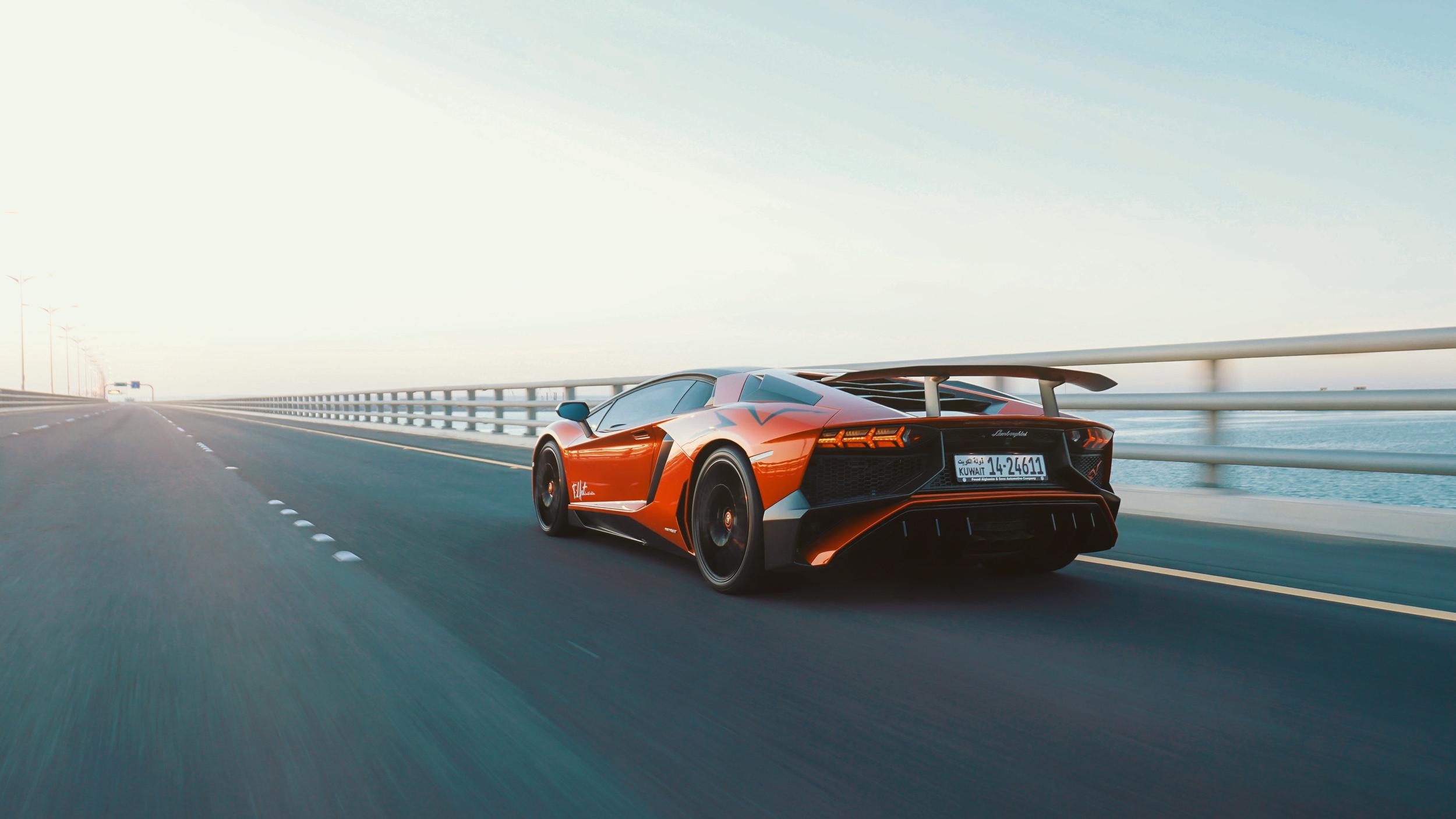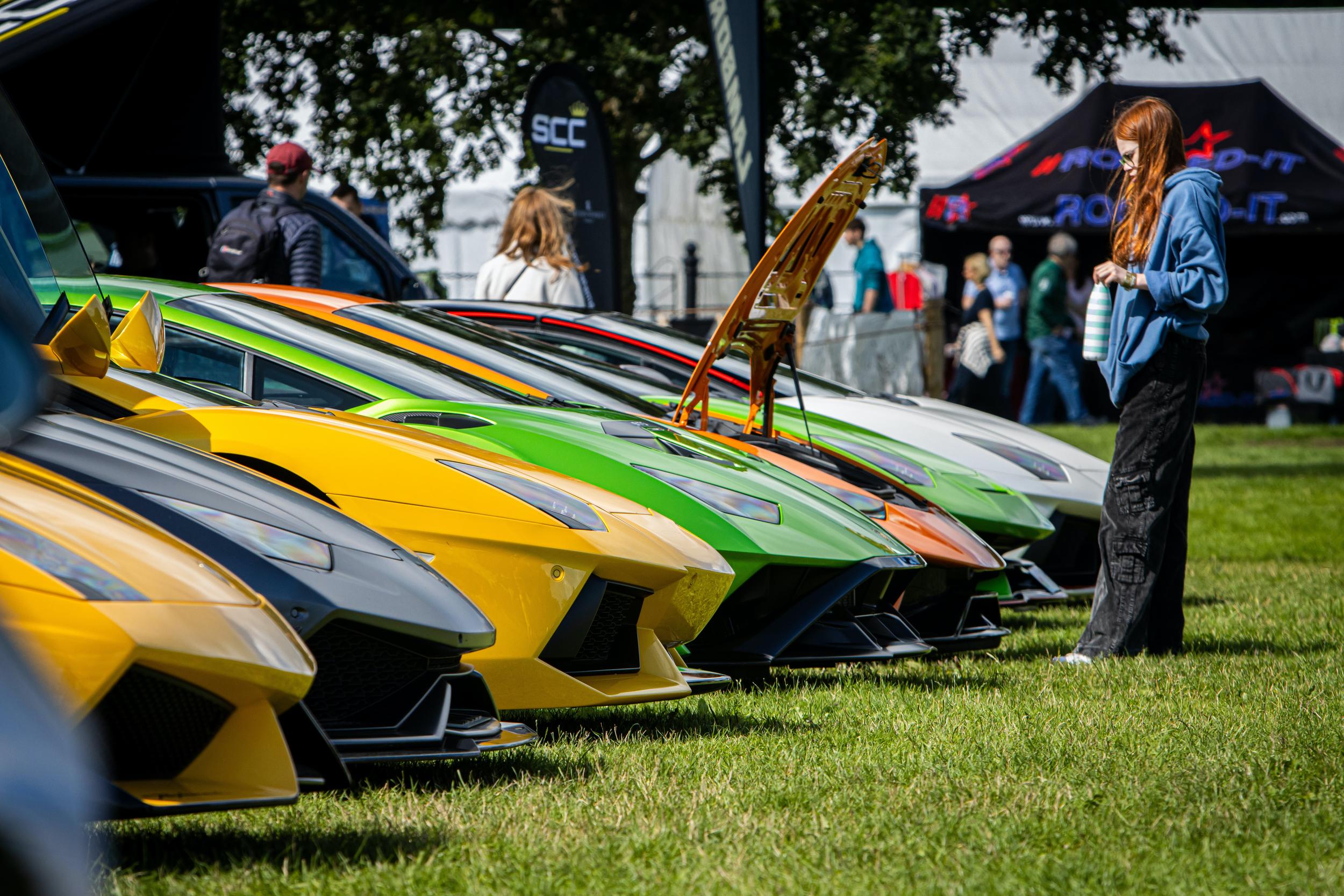The Lamborghini is a symbol of luxury, speed, and precision. When we see one roaring down the street, we often marvel at its beauty and engineering. However, a question lingers in the minds of enthusiasts: How long does a Lamborghini last? The answer is not as straightforward as one might think. To grasp it, we must dive deep into the intricacies of high-end automotive mechanics and care.
What Is High Mileage For A Lamborghini?
In the world of everyday vehicles, seeing a car with over 200,000 miles is not uncommon. However, for a Lamborghini, the landscape shifts. These vehicles are not typically used for daily commuting or lengthy road trips. Instead, they’re more often taken out for special occasions or brief jaunts. Thus, high mileage for a Lamborghini is generally considered to be around the 30,000 to 40,000-mile range. Some do exceed this figure, but they’re outliers.
The Expected Duration of Excellence: Delving into a Lamborghini’s Lifespan

Lamborghinis are renowned not just for their striking appearance and formidable performance but also for their intricate craftsmanship and the high-quality materials used in their construction. Given the right conditions, these vehicles are designed to withstand the test of time. Under regular use and with proper maintenance, a Lamborghini can achieve over 100,000 miles without encountering significant mechanical issues. This figure, while impressive, does come with a caveat: the lifespan can greatly vary based on how the car is driven and its upkeep regimen.
For instance, a Lamborghini that frequently revs to its limits or undergoes sharp accelerations might require more frequent checks and part replacements compared to one driven more moderately. The brand’s resilience is further evidenced by many vintage Lamborghini models still on the road, having gracefully aged over 20 or 30 years. In some cases, these vintage models, when well-maintained, can command higher price tags due to their rarity and classic appeal. It’s clear, then, that while the brand epitomizes speed and luxury, it also stands as a testament to durability and longevity in the automotive world.
Lamborghinis are built with utmost precision and high-quality materials. Given proper maintenance and care, they can last for several decades. In terms of mileage, with regular use, owners can expect to get over 100,000 miles without significant issues. However, it’s important to note that this figure can vary based on how the car is driven and maintained. It’s not unusual for a well-kept Lamborghini to be operational and in good condition even after 20 or 30 years.
| Lamborghini Model | Approximate Longevity (in miles) |
|---|---|
| Aventador | 180,000 – 220,000 |
| Huracán | 200,000 – 240,000 |
| Gallardo | 180,000 – 220,000 |
| Murciélago | 170,000 – 210,000 |
| Diablo | 150,000 – 190,000 |
| Countach | 140,000 – 180,000 |
| Urus | 220,000 – 260,000 |
| Sesto Elemento | 160,000 – 200,000 |
| Reventón | 170,000 – 210,000 |
| Centenario | 180,000 – 220,000 |
Key Variables Influencing a Lamborghini’s Lifespan
The lifespan of a Lamborghini, or any vehicle for that matter, isn’t solely dictated by its make and model. There are several external and internal factors that collectively determine how long one of these masterpieces can maintain its optimal performance:
- Driving Habits: The way a car is driven can significantly influence its longevity. Consistent hard driving, frequent high-speed accelerations, and abrupt braking can lead to faster wear and tear on the car’s mechanical components. Lamborghinis, being high-performance vehicles, are sometimes subjected to this kind of intense driving which can impact their lifespan.
- Storage Conditions: Where and how a Lamborghini is stored plays a crucial role in preserving its condition. A Lamborghini kept in a climate-controlled environment is shielded from potential issues related to extreme temperature fluctuations, corrosion, and material degradation. On the other hand, a vehicle left exposed to the elements may not fare as well over time.
- Frequency of Use: An interesting aspect of luxury cars is that they aren’t always driven regularly. A car that sits idle for extended periods can encounter problems such as battery drainage, tire deformities, and fluid stagnation. Periodic operation and checks can keep these problems at bay.
- Environmental Factors: The environment in which a Lamborghini operates can indirectly influence its durability. Areas known for significant temperature changes, high levels of airborne salt (coastal or regions that use road salt in winters), or high humidity can have adverse effects on various car parts, especially if the vehicle isn’t adequately protected.
- Modifications: Any modifications or aftermarket installations can either extend or reduce the lifespan of the vehicle, depending on the quality and compatibility of the parts used. While some modifications can enhance performance, others might put additional strain on the vehicle’s systems.

Ensuring Elegance Endures: Comprehensive Maintenance Insights for Lamborghini Owners
While Lamborghinis are engineered for excellence, maintaining their pristine condition and performance requires diligence. Their superior speed and luxury come hand in hand with intricate mechanics that demand specific care. Let’s delve deeper into the key aspects of Lamborghini maintenance:
- Regular Service Appointments: Scheduled service visits are paramount. These aren’t just for routine tasks like oil changes; they allow professionals to inspect and replace items like filters, brake fluids, belts, and more. Adhering to the manufacturer’s recommended service schedule ensures that the vehicle remains in top shape.
- Use of Genuine Parts: The temptation to save a bit with aftermarket parts can be high, but for a machine like Lamborghini, genuine parts are non-negotiable. These parts are crafted to the brand’s exact specifications, ensuring not only optimal performance but also seamless compatibility with existing systems.
- Tire Maintenance: A Lamborghini’s performance and safety largely depend on the condition of its tires. Given the power of these vehicles and their unique weight distributions, tires can wear out faster, especially if driven intensely. Regularly inspecting tire tread, ensuring correct tire pressure, and rotating them as needed will maximize their lifespan.
- Electronics Diagnostics: Contemporary Lamborghinis boast advanced electronic systems that enhance both performance and comfort. These systems, from infotainment to complex driving aids, need periodic checks. Diagnostics can detect potential electronic issues before they manifest as tangible problems.
- Specialist Handling: Not every mechanic is versed in the intricacies of a Lamborghini. Choosing a service center or mechanic specializing in luxury or specifically Lamborghini vehicles, can make a significant difference in the car’s care quality. Specialists have specific tools, knowledge, and training to address the unique needs of these vehicles.
- Protective Measures: Considering the luxury and value of Lamborghinis, investing in protective solutions like ceramic coatings, high-quality car covers for storage, and paint protection films can safeguard the vehicle against external threats like minor scratches, UV rays, and environmental contaminants.
Conclusion
Lamborghinis, while exuding luxury and performance, are marvels of engineering that, with the right care, can last for many years. The key is regular maintenance, understanding the vehicle’s needs, and ensuring that it’s handled with respect. Whether you’re an owner or an admirer, it’s heartening to know that these beautiful machines are built to provide exhilarating experiences for a long time.



